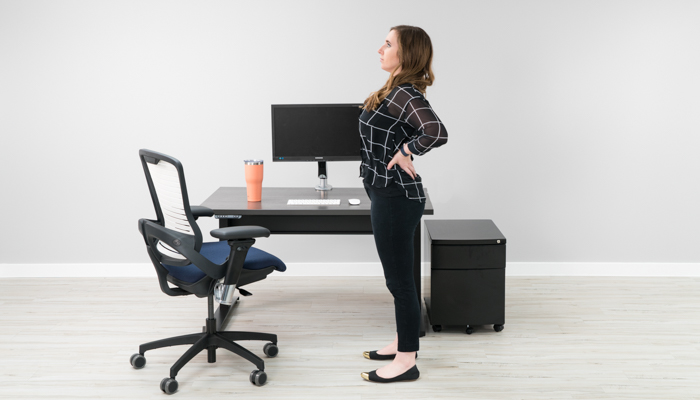5 Key Causes of Post Concussion Syndrome
These are the things we look for and assess when dealing with patients who are in Post concussion syndrome. Some patients may have an issue with one or more of these components and catering specific recovery program towards each individual’s concern is important
Neck/Cervical: The first main area that needs to be assessed and most likely contributing to symptoms is the head and neck. The force that is required to cause a concussion is much greater than that to cause a neck injury. Therefore, every concussion has some form of neck trauma 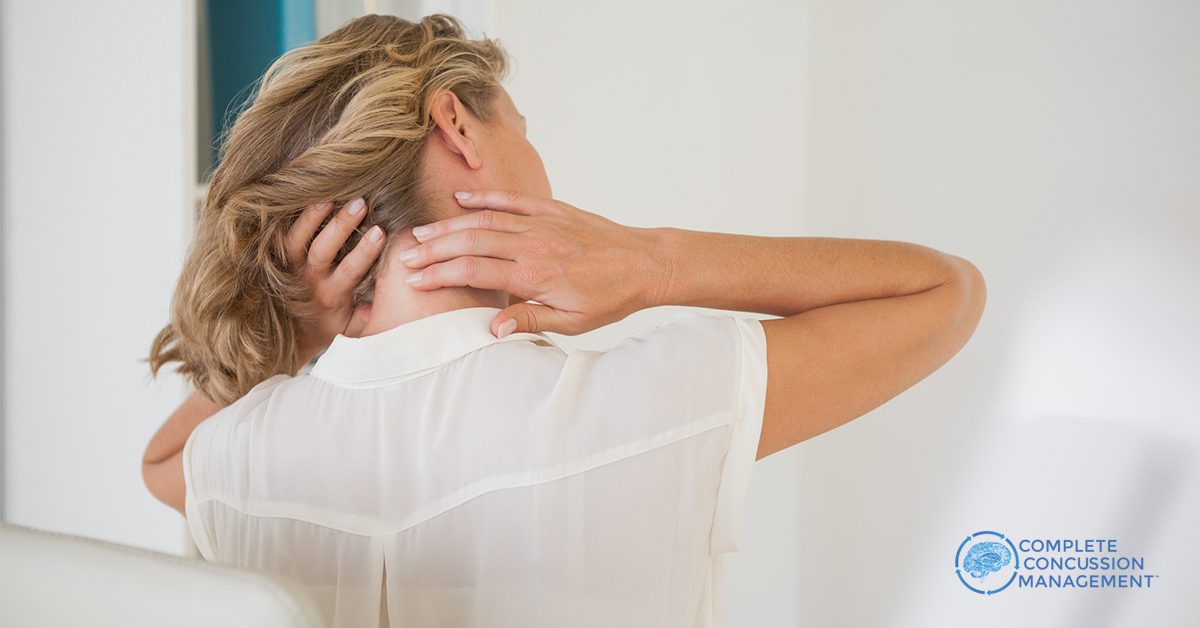 involved. Making sure you’re getting the right treatments for your neck and rehab for that area will reduce a lot of the symptoms. Cranial therapy is also a very affective way to reduce pressure and headache symptoms.
involved. Making sure you’re getting the right treatments for your neck and rehab for that area will reduce a lot of the symptoms. Cranial therapy is also a very affective way to reduce pressure and headache symptoms.
Visual/Vestibular: Issues with the eye tracking and balance is another big component we see when it comes to PCS. Patients who are having trouble focusing on screens, getting dizzy, feeling off balance, having visual  fatigue, light sensitivity etc. Need to have their eyes addressed. After finding dysfunctions in these areas – we can tailor specific rehab for balance and eye tracking. If needed, a referral to an optometrist may be required to rule out any other visual dysfunction.
fatigue, light sensitivity etc. Need to have their eyes addressed. After finding dysfunctions in these areas – we can tailor specific rehab for balance and eye tracking. If needed, a referral to an optometrist may be required to rule out any other visual dysfunction.
Physiological: Blood flow is another important part of recovery but can be troublesome at times for some patients to get exercising. Even in the early stages of recovery it is recommended to start at least 20 mins of walking daily. If exercise is increasing symptoms, 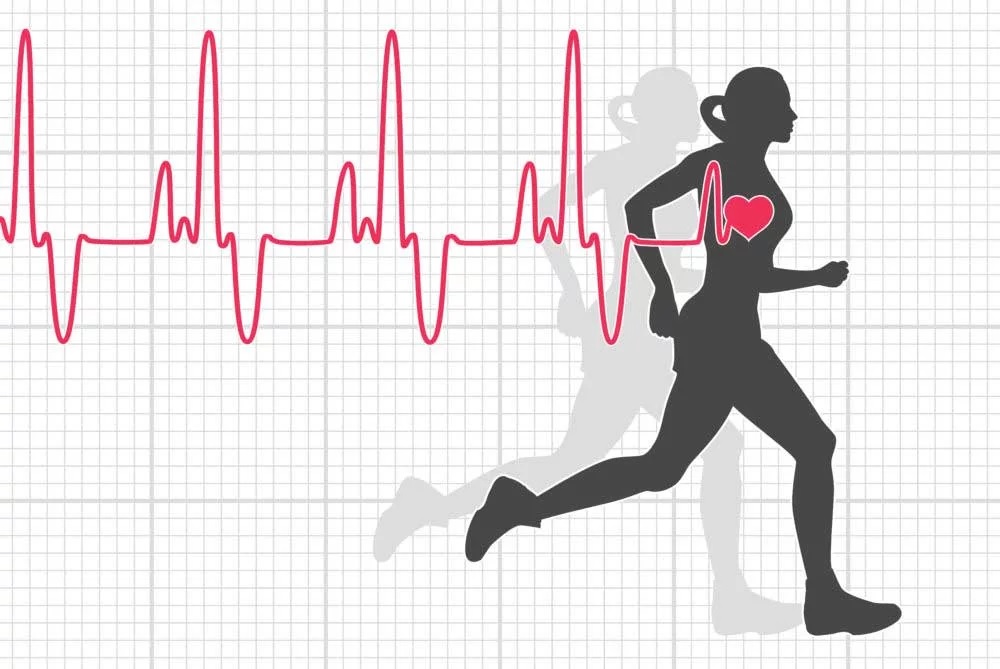 then a treadmill cardio test is performed at a walking pace with a gradual increase in incline to slowly bring your heart rate up. This is done to find the heart level where symptoms start increasing. Once this is determined, an exercise/cardio program can be designed with that in mind and re tested as needed.
then a treadmill cardio test is performed at a walking pace with a gradual increase in incline to slowly bring your heart rate up. This is done to find the heart level where symptoms start increasing. Once this is determined, an exercise/cardio program can be designed with that in mind and re tested as needed.
Inflammatory: Reducing inflammation within the body is also important for recovery. Being put on an anti-inflammatory diet with reduction in sugars, increase in omega 3s, and cleaner eating habits will make a big difference. Other supplements and nutritional advice may be needed as well. 
Psychological: There are many adverse affects having a concussion can have on one’s mental health. PTSD, increase in depression, and increase in anxiety are some issues that can arise or be worsened after a concussion, especially if the concussion has been ongoing for awhile. Getting treatment to help reduce symptoms, appropriate amount of exercise, and good nutrition can help with this but sometimes getting proper assistance from a trained mental health expert is necessary to further manage this and will help with PCS recovery.
If you or anyone you know is dealing with an acute concussion or post concussion syndrome, contact us to start your assessment.


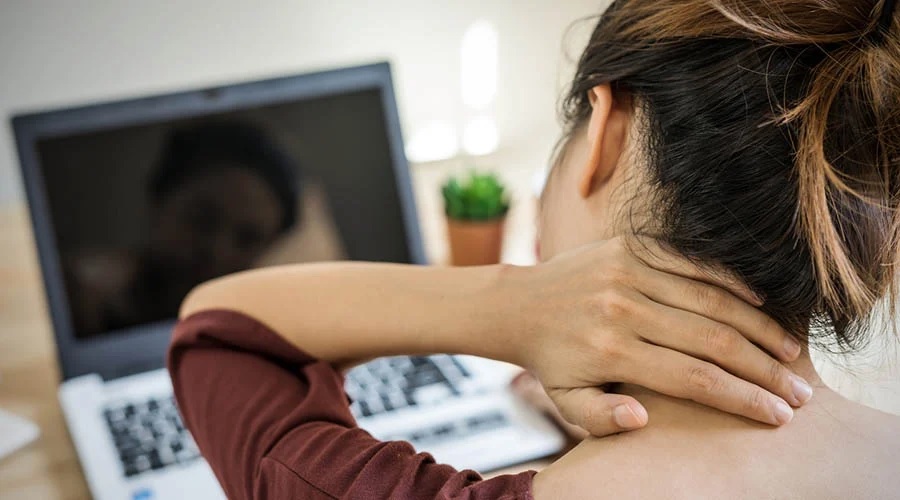
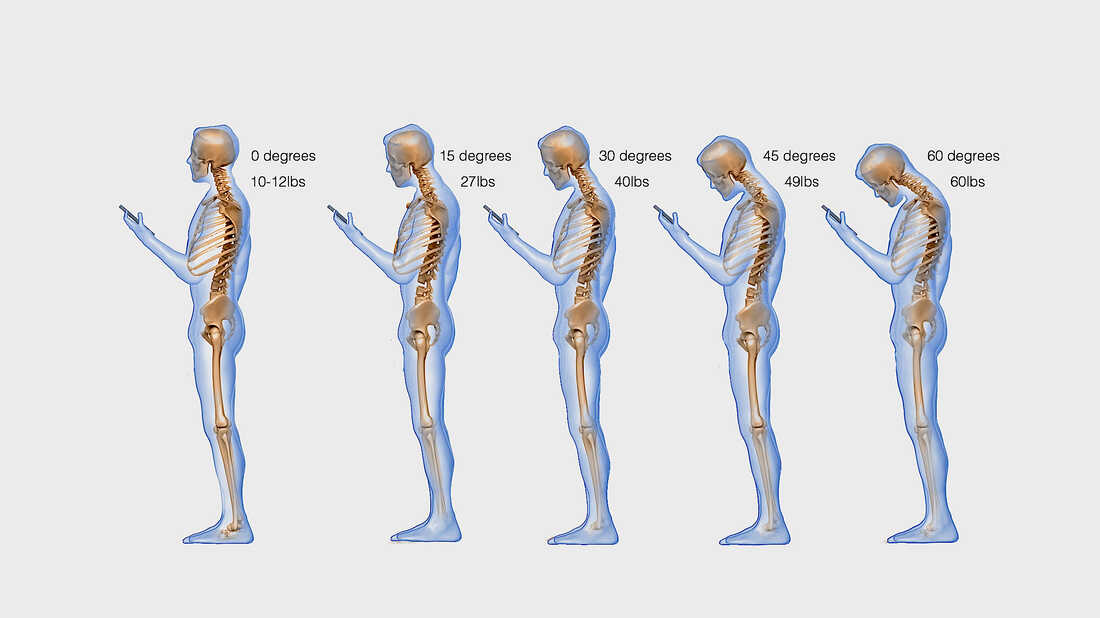
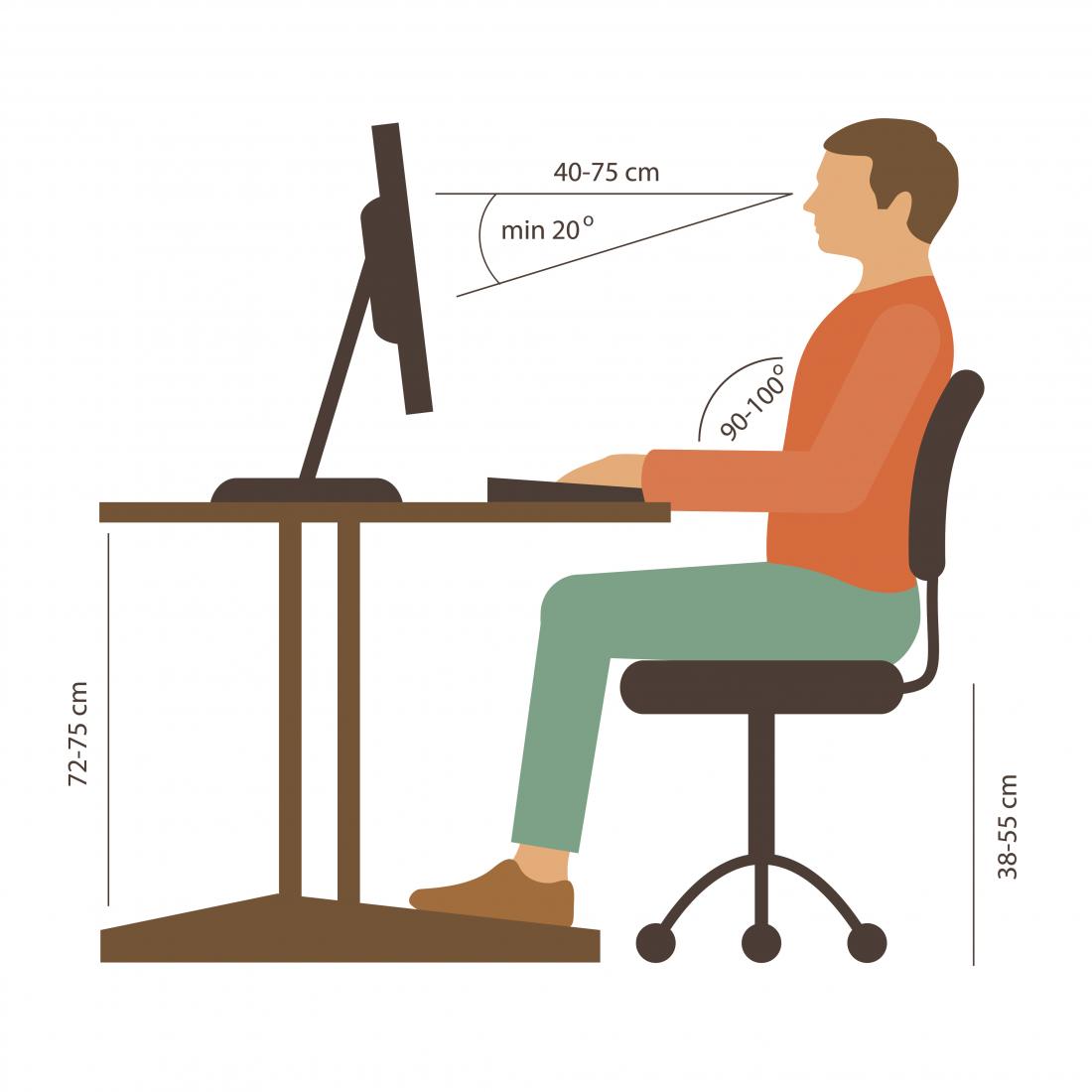
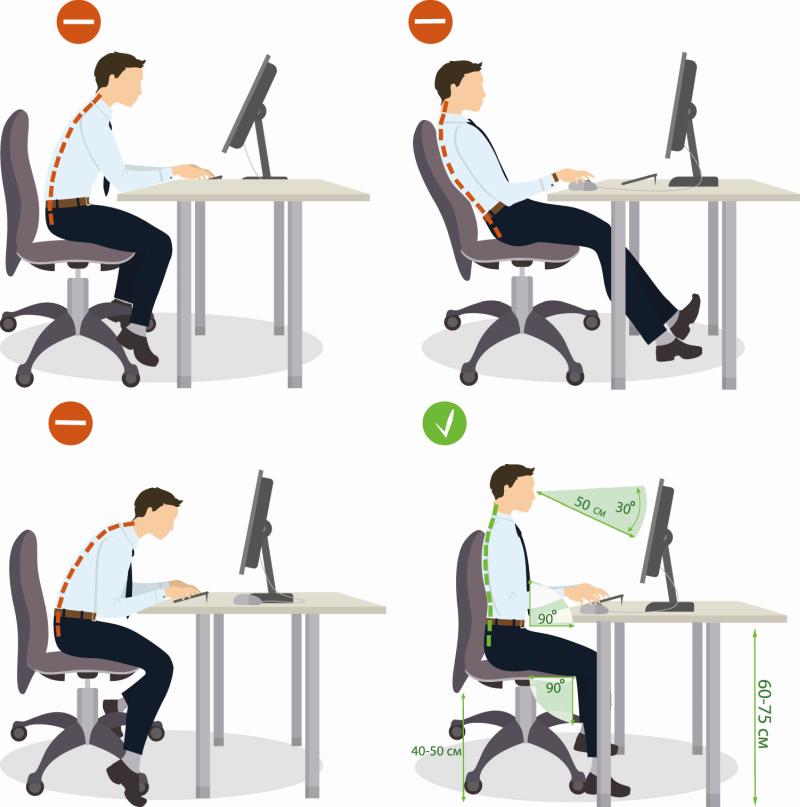
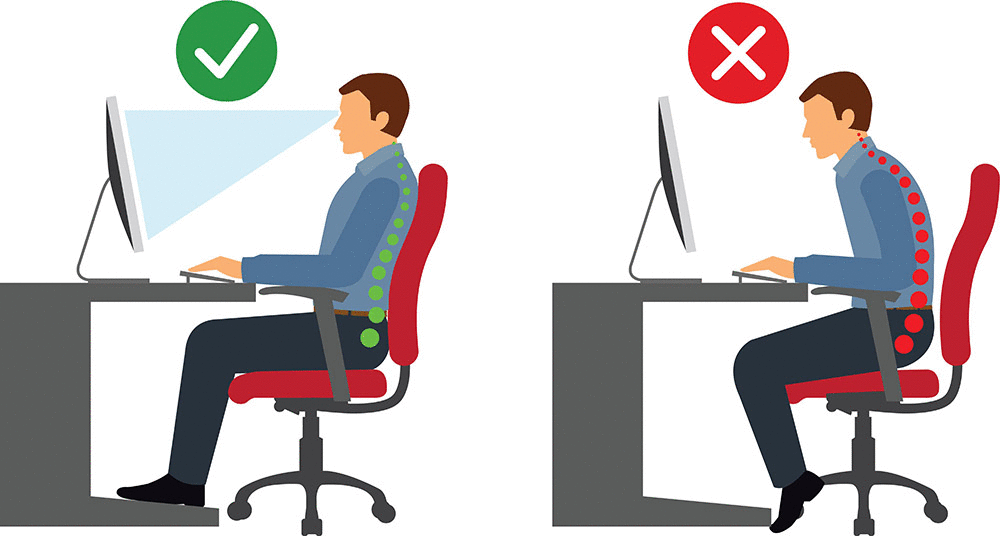 and not be cut off midway through your thighs. If you’re shorter, then the seat length should also be a bit shorter so that you can sit comfortable at the back rest and not have the chair seat go past the back of your knees.
and not be cut off midway through your thighs. If you’re shorter, then the seat length should also be a bit shorter so that you can sit comfortable at the back rest and not have the chair seat go past the back of your knees.